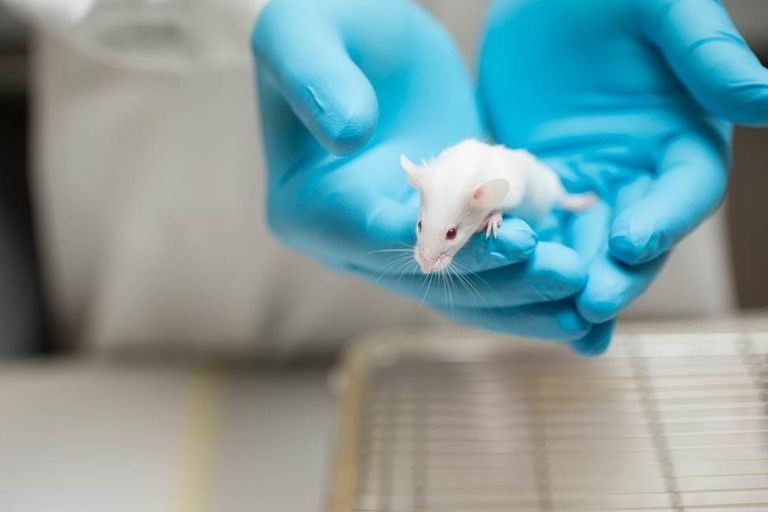Safety of tested products
Why do drugs still have side effects despite safety tests?
All studies only offer a relative safety. We can only try as best as possible to assess risks when we develop a drug, which must be as safe as possible. One hundred percent safety can never be guaranteed.
Another explanation may be that the lifestyle of humans may cause adverse effects, which were not observed in animal studies. For example, patients who drink a lot of alcohol may experience different side effects than people who drink less or no alcohol at all. Also, to be considered are possible interactions with other medications or with other diseases of the patients.
The genetic diversity of the patients may also play a role. Genetic differences mean that the metabolism differs from person to person and that an active substance is processed differently. This can be the cause of rare side effects. Therefore, it can happen in individual cases that side effects are observed for the first time after drugs have already been on the market for some time.
The safety tests in animal studies are only the first battery of tests on a drug’s path to be approved. Animals tests are followed by clinical trials in humans. In animal experiments the active ingredient is tested to find out if and how a drug works and if a substance is safe enough to be used in humans. Only after this initial test phase the active substance is tested in humans. Only if it proves to be effective and safe in the clinical trials in healthy people or patients, companies may apply for approval of the drug as a medicine. This process usually takes many years.

Doesn't the thalidomide case show that animal experiments convey a false sense of security?
As good as tests may be, one can only reduce the risk of unwanted side effects, but you can never completely rule them out. In the late 1950s and early 1960s, many children were born with mutilated legs or arms after their mothers had taken a sleeping pill with the active ingredient thalidomide during pregnancy. Thalidomide was tested on rodents before it was tested in humans and introduced to the market in the 1950s.
The damage that thalidomide caused to human embryos in the first weeks of pregnancy was not detected in animal tests. At that time, testing on pregnant animals was not yet standard practice. Shortly after the thalidomide scandal, tests were carried out on pregnant rabbits, resulting in exactly the deformities that had occurred in humans.
If thalidomide had been tested on pregnant animals, the changes in the animal embryos would most likely have been noticed and thus it would have been known that the substance had these effects on embryos. Such teratological tests are nowadays a mandatory part of the pre-clinical development of a drug.
In cell tests, thalidomide is neither toxic nor does it alter the genetic material. With the alternative methods available today, the malformations would most likely not have been detected either. This also explains why we still need to use animal experiments for safety tests during drug development.

